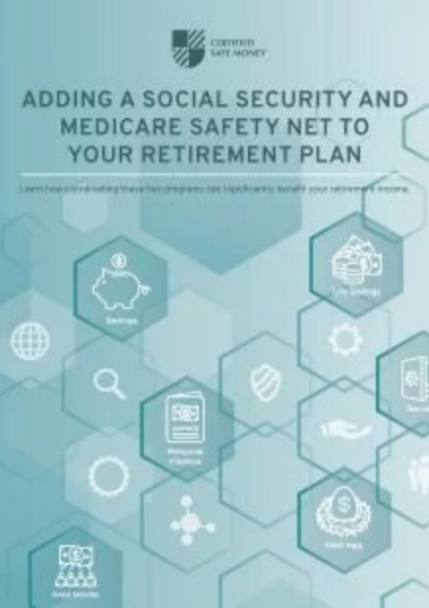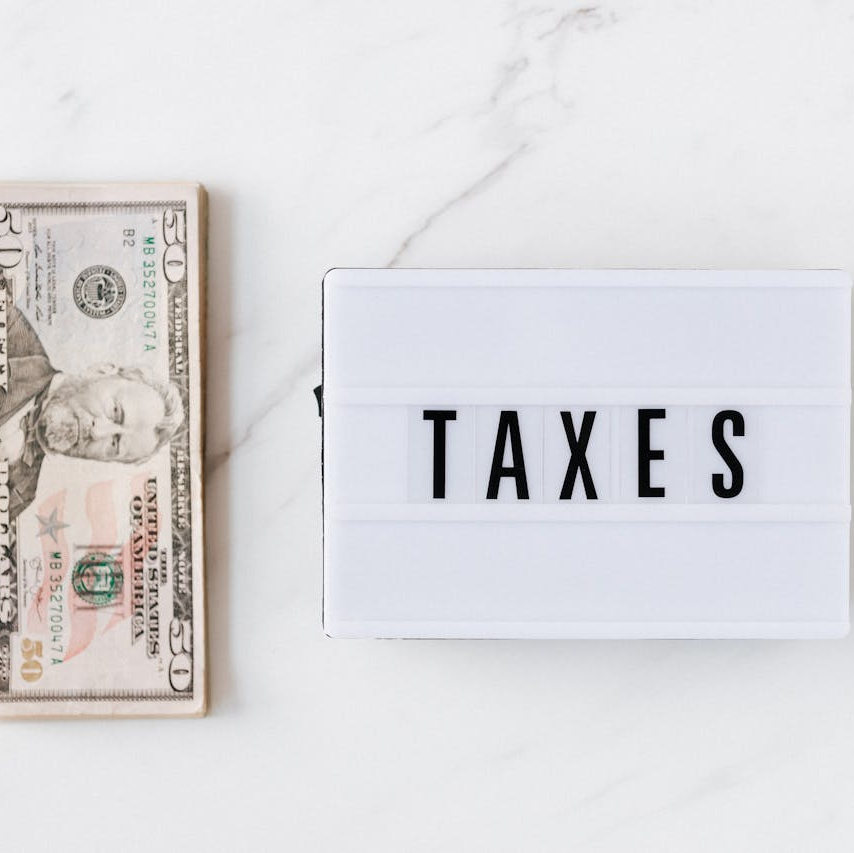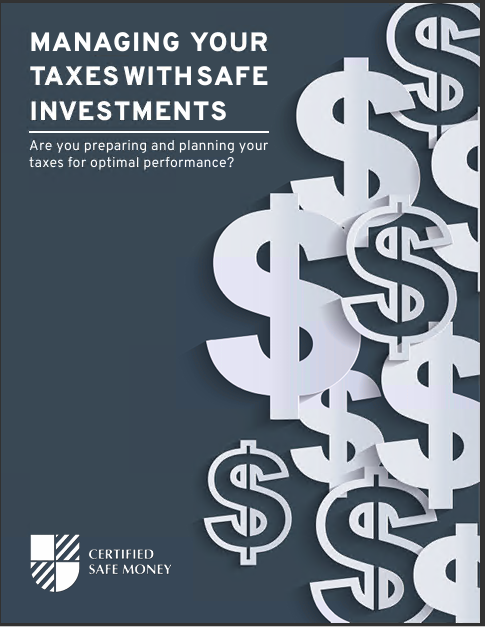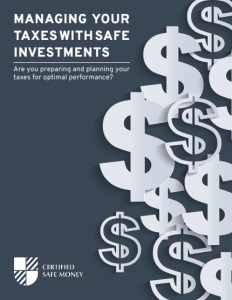The annual Federal Benefits Open Season begins on November 14 and runs through December 12, 2022. Employees and annuitants can evaluate their benefits at this time to make sure they are affordable and provide adequate coverage for healthcare and services for themselves and their families.
Kiran Ahuja, Director of the OPM, says, “Tens of thousands of enrollees may be passing up significant savings by failing to review their health insurance coverage during Open Season to ensure they are getting the most from their federal benefits for themselves and their families.” “Ask yourself: How have my needs or those of my family changed over the previous year?” Then do a wellness or financial assessment during the Open Season enrollment period to help you make an informed choice that will get you the best treatment.”
Federal employees are urged to take the Federal Flexible Spending Account Program’s (FSAFEDS) tax savings into account. Employees can save money by putting aside an annual pre-tax sum representing their estimated out-of-pocket costs for dependent, dental, and vision care. Less than 20% of staff across all agencies will be using the FSAFEDS Program by the end of 2022. During the open season of the FSAFEDS, federal employees can choose to put money into a health care flexible spending account or a dependent care flexible spending account before they pay taxes.
The Federal Employees Health Insurance (FEHB) Program is the world’s largest employer-sponsored health benefits program, covering almost 8.2 million people. OPM just released the FEHB Program’s 2023 plans and rates. According to estimates, 2.5% of members changed their health insurance in 2021, with 0.6% of those decisions made during the open season.
Below are some questions to help you analyze how to use Open Season to review your needs and benefits and choose coverage.
What healthcare needs might I expect for myself and my family in 2023?
• Concerns to consider when you assess your FEHB plan: Do I have a new baby on the way? Would I need surgery? Will I need to adjust my medication? Does my insurance offer a mail-order pharmacy option for prescriptions?
• When deciding about FEDVIP, do I desire coverage for my regular dental care? For example, will I require a root canal or a crown? Do my kids require braces? Do I need contact lenses or glasses? Am I thinking of getting laser eyesight correction?
• When deciding on FSAFEDS? Do I have any out-of-pocket expenses to consider, such as deductibles, copays, daycare, elder care, or over-the-counter medications and drugs? Do I have medical bills that my FEHB plan might not be able to cover? Do I intend to bring my young children (under 13) to summer camp or daycare?
QUICK FACTS
The FEHB Program started in 1960 and is the world’s largest employer-sponsored health benefits program. It covers the health needs of more than 8.2 million people, including 2.2 million employees, 1.9 million retirees, and an estimated 4.1 million family members.
• Every year, during the Federal Benefits Open Season, federal employees, annuitants, and other qualified individuals have the chance to examine their FEHB and FEDVIP plan options, make modifications, and sign up for the upcoming plan year, which starts on January 1, 2023.
• The average premium for dental policies will go up overall under the FEDVIP by 0.21 percent, while the average premium for vision plans will go down overall by 0.41 percent.
• For the plan year 2023, the average total premium would go up by 7.2% for most participants and retirees in the FEHB Program plans.
For 2023, the FEHB Program will offer 271 different health plan options. COVID-19, maternal health, telehealth, gender-affirming care and services, preventive services, obesity, assisted reproductive technologies, and medicinal foods were among the areas OPM requested FEHB carriers concentrate on.
Contact Information:
Email: robertgay@credkeeper.com
Phone: 8777993433













